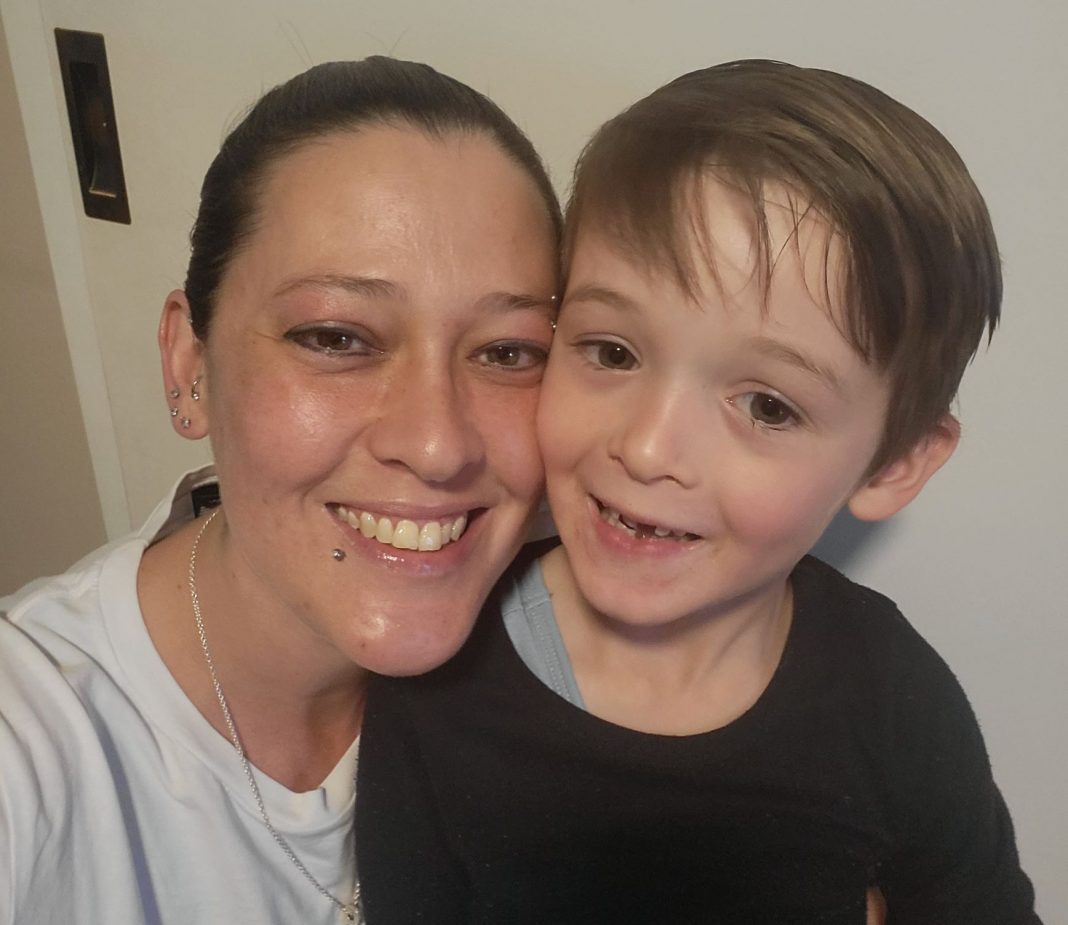Canberrans will take to the streets next month to fund Epilepsy ACT’s services and support for people with epilepsy, their families, carers, schools, and organisations.
This year, the annual Walk for Epilepsy will take place from 1 to 25 October to support the one in 25 Australians who will be diagnosed with epilepsy in their lifetime.
Epilepsy is a chronic neurological condition that affects the brain and causes seizures. Seizures occur because of a temporary disruption to electrical activity in the brain.
Epilepsy is the second most common neurological condition, after dementia. The stigma or social consequences of epilepsy are often worse than the disorder itself – mostly due to a lack of public awareness or misinformation about epilepsy.
Approximately one per cent of Australians (260,000 people) have epilepsy; four per cent (one in 25 Australians) will be diagnosed with the condition at some point in their lives.

“I am doing the Walk for Epilepsy for my Mum and my little brother because epilepsy runs in my family,” Madi Anderson, 24, from Yass said.
“I was diagnosed at 19 after a seizure at uni. I want to boost awareness.
“I let my friend group know about it, but so many people don’t realise how many people are diagnosed and what they can do to help. I want to support research towards a cure, and for support services for people diagnosed.”
Mary-Anne Green was studying nursing and pregnant when her 23-month-old son, Mason, was diagnosed:
“I am walking to raise awareness, for people like me – I had no idea what it was about,” she said.
“It didn’t run in our family. I want people to know it’s not just about the big seizures. There are all types of seizures, and there’s all the things that come with epilepsy. Mason (now six) had years where he couldn’t walk or talk. For us, it’s been about celebrating different kinds of milestones to other kids: getting off his feeding tube (that he had for 530 days); getting off his ketogenic diet; being able to write his name; or his last dose of a medication.
“Mason was having drop seizures, so we needed protective head gear. Epilepsy ACT were great – they gave us advice on what had worked for others and where to get it. When Mason went to daycare, they helped us with an Epilepsy Management Plan so those caring for him knew what to do if he had a seizure there.”
Participants can walk, run, or cycle around their local neighbourhood, beaches, walking trails, mountain trails or on the treadmill, to raise funds for services and increase awareness of epilepsy. Mary-Anne and Mason will walk their favoured Tuggeranong Hill.
Fiona Allardyce, Epilepsy ACT CEO, said: “The Walk for Epilepsy is a fun, healthy way to support those who are battling with epilepsy every day and raises much-needed funds so that we can continue providing services and making a difference in people’s lives.”
More than 260,000 people in Australia, or approximately one per cent of the population, currently have epilepsy, including 4,560 people in the ACT and 81,530 in NSW.
Epilepsy ACT supports those in Canberra and surrounding NSW living with epilepsy (including Boorowa, Braidwood, Bungendore, Cooma, Goulburn, Gundaroo, Gunning, Murrumbateman, Queanbeyan and Yass). Despite the prevalence of epilepsy in Australia, 90 per cent of those with the condition don’t have access to the support they need.
Epilepsy can develop at any stage of life, but it is more common in children, adolescents and people older than 60.
“With more than 60 types of epilepsy, everyone’s experience with seizures is different, and its impacts on people’s lives can be devastating,” Ms Allardyce said.
Epilepsy causes approximately 300 deaths in Australia each year – most frequently through Sudden Unexpected Death in Epilepsy (SUDEP). Medication assists around 70 per cent of people living with epilepsy to manage seizures. The remaining 30 per cent gain no control through medication.
The economic burden of epilepsy is currently estimated to be $12.3 billion. This includes healthcare system costs, productivity losses, informal caring, equipment, transportation, government expenditure, and lost wellbeing.
Globally, between 50 million (WHO) and 65 million (ILAE) people have epilepsy. (The range in estimates is due to the challenges of stigma and the complexity of diagnosing epilepsy, which leads to misdiagnosis and under-reporting.)
To participate in the Walk for Epilepsy, simply register to walk, set a goal for kilometres and dollars to be raised and start walking. Participants can log their progress as they go. Incentives are on offer for those who reach their fundraising milestones.
If you can’t walk, you can still support by donating online, sponsoring the Epilepsy ACT Team at walkforepilepsy.org.au/fundraisers/epilepsyactstafffriends or purchasing a T-shirt.
Registrations can be made at: www.walkforepilepsy.org.au



